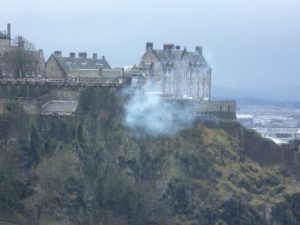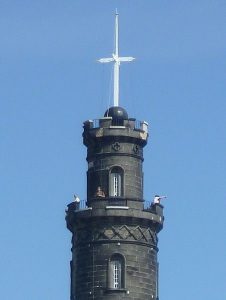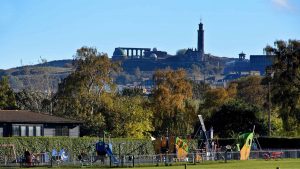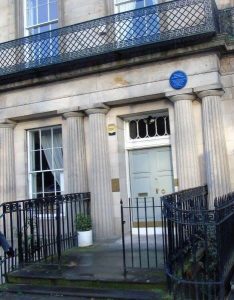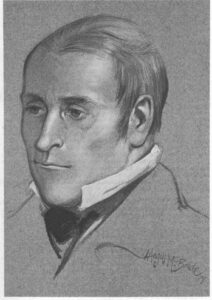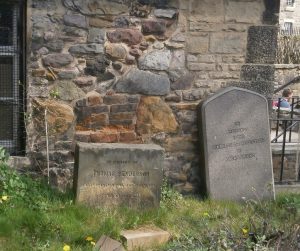Castlehill, Edinburgh, EH1 2NG
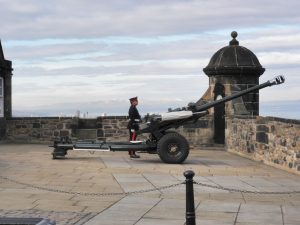
One O’Clock Gun (© Roger Cornfoot via Wikimedia Commons)
Because of the poor Scottish weather, the notorious haar (sea fog), and smog, the time ball at the top of Nelson Monument on Calton Hill was rarely visible to the ship navigators in the ports along Leith and Newhaven who needed to accurately adjust their clocks. As such, in 1861, an 18-pound muzzle-loading cannon from the Half Moon Battery at Edinburgh Castle was commissioned into “Time Gun” service. Its present-day successor is still fired every day at precisely 1 o’clock, except for Sundays, Good Friday and Christmas Day. However, as the speed of sound is 343 metres per second (770 mph) and docks were about 2 miles (3km) away, the navigators had to account for about 10.5s delay when they set their clocks. This can be seen on the “Edinburgh Time Map” prepared by the 1 o’clock gun’s proposer, Charles Piazzi Smyth. Interestingly, the gun has also seen an instance of military action, as it was fired on 2 April 1916 at a German Zeppelin conducting an air raid during WWI.
Find out more
- One O’Clock Gun – Edinburgh Castle
- One O’Clock Gun AssociationSmoke from One O’Clock Gun (© Kim Traynor via Wikimedia Commons)
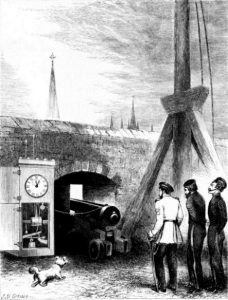
Half Moon Battery and firing mechanism in 1861 (Wikimedia Commons)
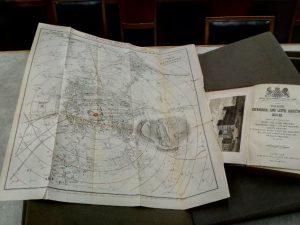
Time signal delay map designed by Piazzi Smyth (© Alastair Bruce)

